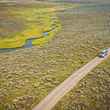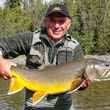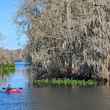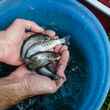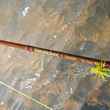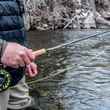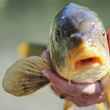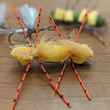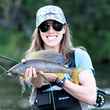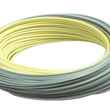There really is no such thing as a bad time of year to target redfish on fly in South Carolina's Low Country, but autumn is by far my favorite. Redfish are particularly unique because, throughout the year, they offer the angler many different opportunities to pursue them in sight casting situations. Examples include flood tide tailing fish, low tide schools, fish crushing bait, floating fish in the grass, tailing fish on oysters, and even belly crawling fish in super shallow mud flats. These are all situations you will encounter while fishing in the Low Country, but the fall is the only time of year you can see it all in one day.
The months of September, October, and November are far and away the three best months of the year to experience everything the Low Country has to offer when it comes to redfishing. This is the time of year when the weather is cooling down, shrimp are moving into the flats, fiddler crabs are going crazy in the spartina grass, and redfish take advantage of it every second they can in order to fatten up for a long winter. Targeting these fish on the fly isn't always the easiest thing to do, but it is by far the most rewarding way to target them. It's all about being able to see the fish, make the cast, and strip set. The experience of sight fishing is the ultimate experience when fly fishing and the plethora of sight fishing opportunities that redfish present are what makes them such a special species.



